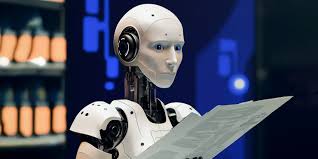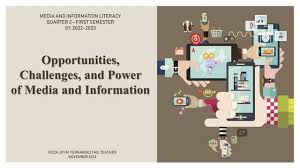
The good and bad of AI-assisted journalism
AI is set to change the way we live. Its impact on our future is going to be profound and wide ranging.
It is already redefining a range of human activities including coverage and dissemination of news. Its entry into newsrooms has been welcome and shocking at the same time.
Welcome because it automates and speeds up tasks like data analysis and content generation and shocking as it has the potential to take away jobs by replacing humans. News channels are already experimenting with AI-powered newsreaders.
To begin with their role was limited to reading out weather forecasts or things similar. But rest assured their ambit of work is going to expand with experts believing that the day is not far off when these humanoids will effectively replace their flesh-and-blood rivals.
Let’s admit that AI has arrived and it is here to stay. Owners of media houses, especially TV channels, have welcomed it while journalists as a fraternity have been more cautious about yielding space to it.
There are arguments that AI’s multi-tasking ability ( its activities range from data analysis to translation ) saves a lot of time and keeps journalists free to perform more demanding and complex jobs like newsgathering with spot visits included.
To freelance journalists AI offers fast and flexible solutions for everyday writing needs. AI-assisted tools produce content at an incredibly fast rate, overcoming blocks which can otherwise prove to be a challenge for freelance writers. But like any other journalist they also face the question: “Will AI replace writers?” My answer is an emphatic “No.”
An old school journalist I firmly believe that while AI can excel at speed its content is bound to lack emotional depth and even critical thinking which remains the prerogative of human writers. Despite major technological advancements AI tools have not been able to replicate the depth and nuance that come naturally to human writers. Any discerning reader would be able to tell an AI-generated piece from one written by a human being.
The AI content is bound to feel robotic for its lack of warmth, emotion and creativity. A machine after all is a machine even though created by us humans. But here, too, new innovations are on the way. AI humanizers, for example, are tweaking AI-assisted drafts to make them read like what a real person would say.
Editors can polish rough machine drafts in minutes, saving a lot of time. This is an attempt to walk the line between smart automation and real warmth. AI has brought us into an age where content strategists are, more or less, assuming the role of full time journalists.
They keep thinking of new ways to harness AI technology to generate reliable and readable content at a fast pace. For them AI is a helping tool, not a substitute. But they are not journalists in the traditional sense of the term.
So can we say that we are in the age of AI journalism? Perhaps not but AI in journalism is certainly not going away. The challenge is to ensure that the entry of this cutting-edge technology does not robotize journalism, robbing it of its natural charm.
 Ashutosh Mishra
Ashutosh Mishra







